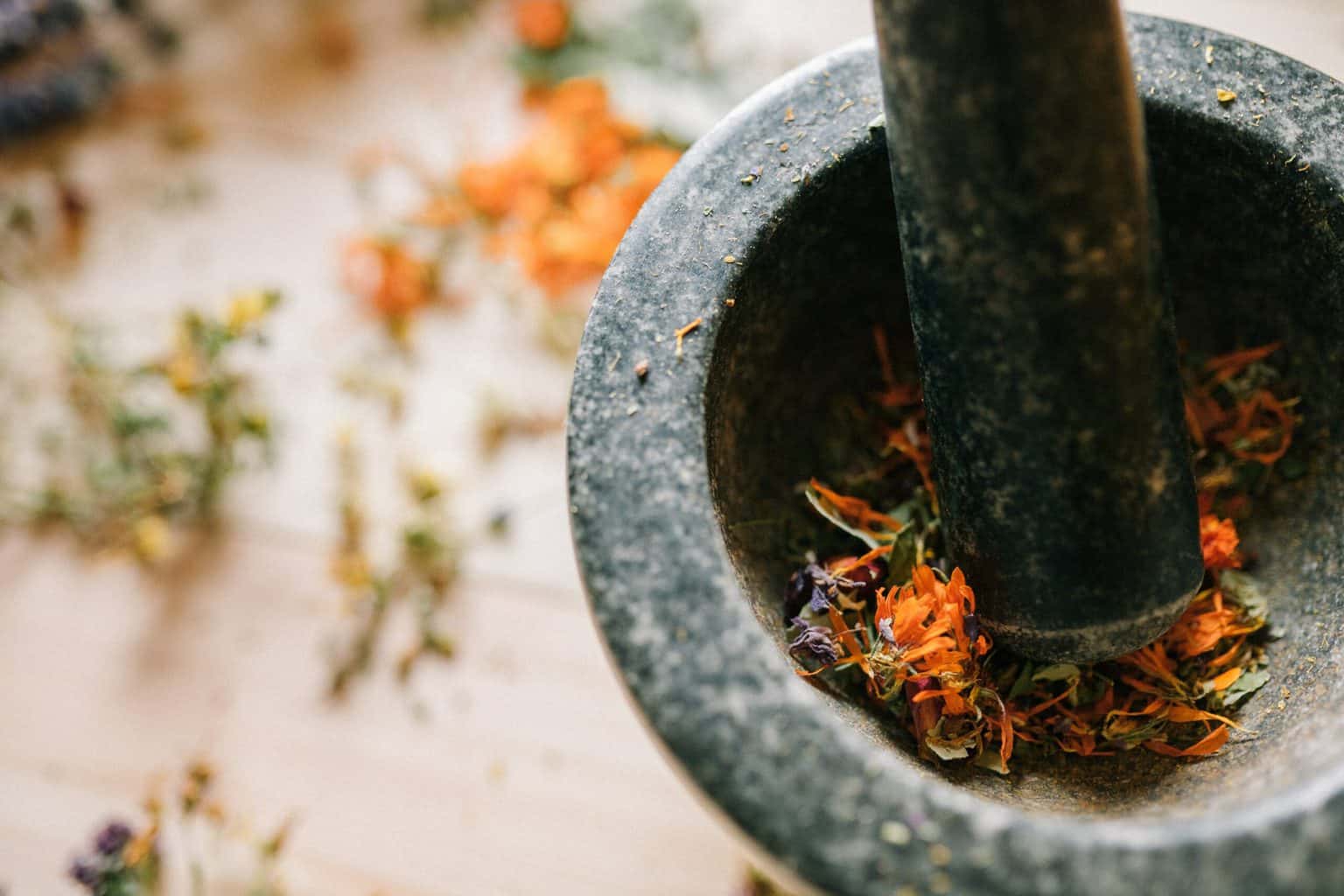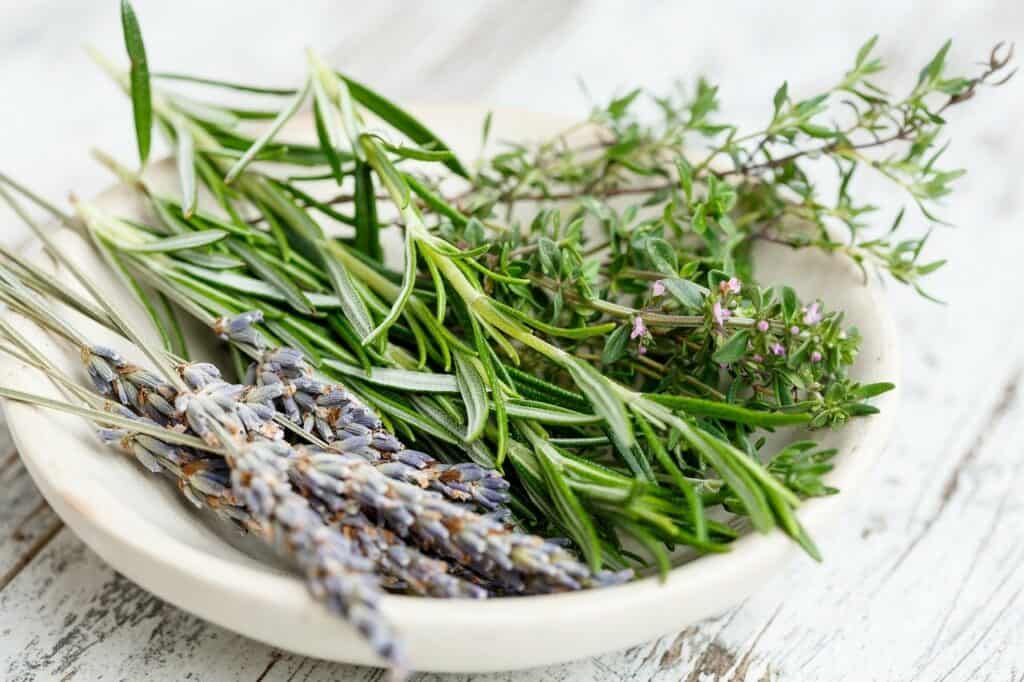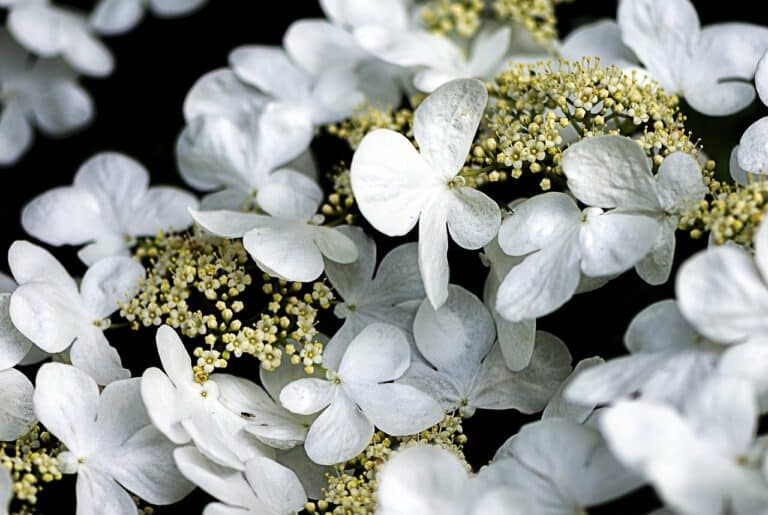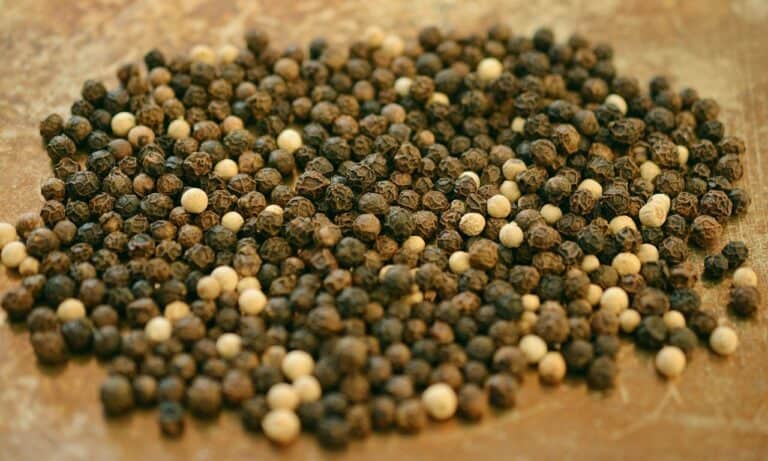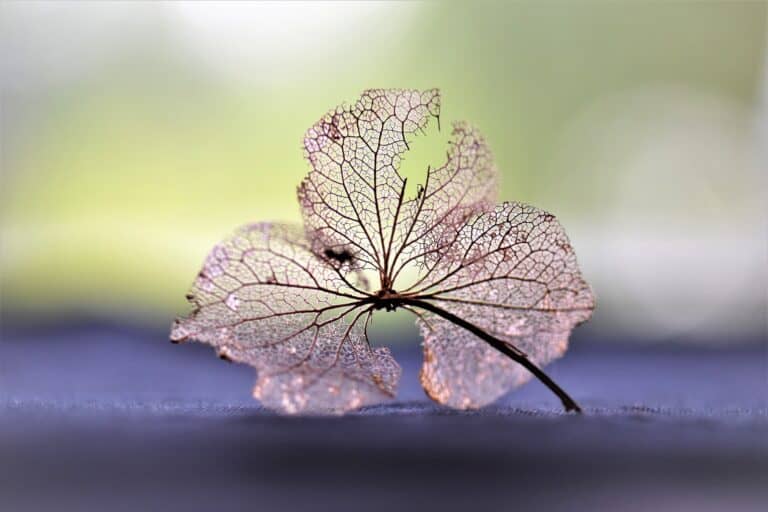Table of Contents
The Early History of Herbal Medicine in the Modern World
Herbal remedies have been used for centuries all over the world. Many of the modern drugs today were originally derived from plants. While herbal remedies are not as popular as they once were, there is a resurgence of interest in these natural treatments.
Modern medicine would not be where it is today if herbal medicines were not discovered. For thousands of years, people have used plants for nutrition and to treat illnesses that arise in their minds and bodies.
Early History of Herbal Medicine
It’s hard to determine when herbal remedies were first used. However, some drawings suggest that people used plant-based treatments as far back as 10,000 years ago.
However, it is believed that humans started using plants for medicine around 40,000 BCE. For example, people would chew on the leaves and barks of certain plants to relieve their symptoms or make a poultice out of the plant to heal their wounds.
Herbal remedies were typically passed down from generation to generation until recorded on stone tablets or written in books. While some herbal treatments have been recorded as far back as 2737 BCE, most records of herbal medicine come from ancient Egypt around 1500 BCE.
Herbalism Before the Modern Era
During this time, the Egyptians believed it was important to preserve their knowledge of herbal medicine. Therefore, they developed a method for distilling herbs and taught this process to others.
Egyptians would even set up special pharmacies where customers could purchase different preparations such as pills, syrups, or tablets made from ground plants and plant extracts. In addition, as revealed by their mummies, it is known that the Egyptians would use herbal remedies to treat infections and diseases such as leprosy.
The Greek physician Hippocrates (known as the father of medicine) and his followers also used herbal treatments for their patients. They would prepare tonics and use them in different combinations depending on the patient’s ailed.
Hippocrates and his followers also used herbal treatments for their patients. They would prepare tonics and use them in different combinations depending on the patient’s ailed.
The beginnings of modern medicine began with the ancient Greeks, who wrote down the first known medical texts that described how to use plants (and minerals) as medicines. One of the first important medical textbooks, called “De Materia Medica,” was written by a Greek physician named Pedanius Dioscorides in the first century AD.
This book was so influential that it remained the standard reference work for over 1500 years! The Greeks also began experimenting with combinations of plants and other substances to create new remedies for their patients.
How Herbalism Transitioned into the Modern World
After the fall of Rome, herbalism continued to be practiced in Europe throughout the Middle Ages. Hospital pharmacies would create tonics and potions from plants harvested locally.
During the 16th century, herbalism fell out of favor with educated Europeans because most believed in traditional medical teachings based on ancient Greek philosophy. For example, they believed that good health resulted from a perfect balance of the four bodily touches of humor (phlegm, blood, yellow bile, and black bile).
Over time this ancient view would fade away. However, by the 17th and 18th centuries, European scientists challenged long-standing ideas about medicine with experiments and new observations. This led to a revival of herbalism that would culminate in the 20th century with the development of modern pharmaceuticals.
As herbalism grew more popular, its practitioners began going door to door, offering their concoctions as remedies. However, they also went one step further – creating pharmacist shops where people could buy these products directly. In time, several European pharmaceutical companies would open extensive farms that allowed them to produce enough to meet demand.
Soon, European colonial powers began using herbal remedies to treat foreign peoples. Since these treatments were “natural,” it was thought they would be more effective than Western medicines (which were often viewed as barbaric). This continued until the late 19th century, when scientists identified several active ingredients in plants that could reduce fever and aid digestion (similar to aspirin).
It would take some time, but by the 20th-century, pharmaceuticals had officially replaced herbal remedies. Now, only a handful of companies still produce them. However, many individuals still use herbal medicine to treat common illnesses like colds and flu.
Even though modern pharmaceuticals have supplanted many traditional herbal remedies, they still play a role in the world today. Several countries rely on them as part of their healthcare systems.
Its Use in the Modern World
Herbal medicine plays a significant role in the healthcare systems of many countries. For example, Taiwan, Malaysia, and China rely on herbal remedies to treat common conditions such as headaches and respiratory problems. India is another important example.
Around 40 percent of its rural population obtains their primary healthcare from traditional healers who often use herbs to provide symptom relief for various conditions. India accounts for about 12 percent of the world’s herbal medicines!
Herbal Remedies That Are Still Popular Today
Even though pharmaceuticals have primarily taken over their medical niche, several popular herbal remedies remain today. Here are a few examples:
- Echinacea — Used to treat infections, common colds, and the flu. Although there is no scientific evidence that it can help fight these conditions, people who take Echinacea swear by its benefits.
- Garlic — Long used to treat respiratory infections, heart disease, and high blood pressure. It may also help fight diabetes, cancer, and fungal infections.
- Ginger root — Used to relieve symptoms of indigestion, nausea, motion sickness, arthritis, and osteoporosis.
- St. John’s wort — Used for depression, anxiety, attention deficit disorder, seasonal affective disorder, obsessive-compulsive disorder, premenstrual dysphoric disorder, and menopausal symptoms.
- Other herbal remedies that are popular today include: chamomile, licorice root, ginkgo Biloba, valerian root, lavender, peppermint, cranberry, hops, black cohosh, evening primrose oil, dong Quai, ginseng, saw palmetto, eucalyptus oil, comfrey root, fenugreek seed powder, senna leaf.
Takeaway
Today, many countries rely on herbal medicine for their primary healthcare. Several use it to treat common conditions such as headaches and respiratory problems. Although Western pharmaceuticals have primarily replaced traditional treatments, there are still several herbs that people use today to ease their symptoms and ailments.
While herbal remedies played an essential role in the history of medicine, they continue to play a much smaller one in today’s world. But be aware that herbal remedies are different from pharmaceuticals. Keep this in mind and talk with your physician before taking any natural products.


